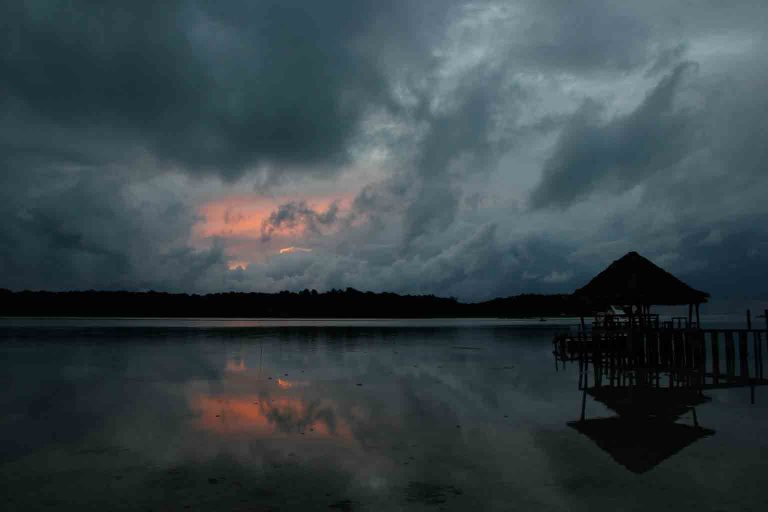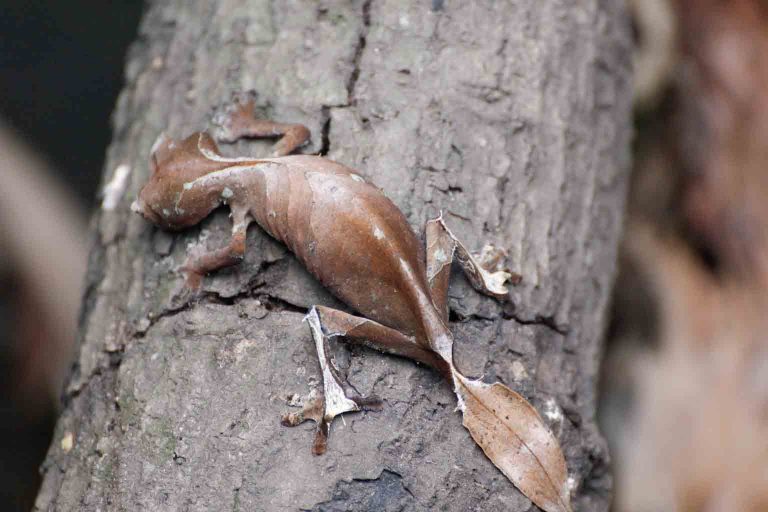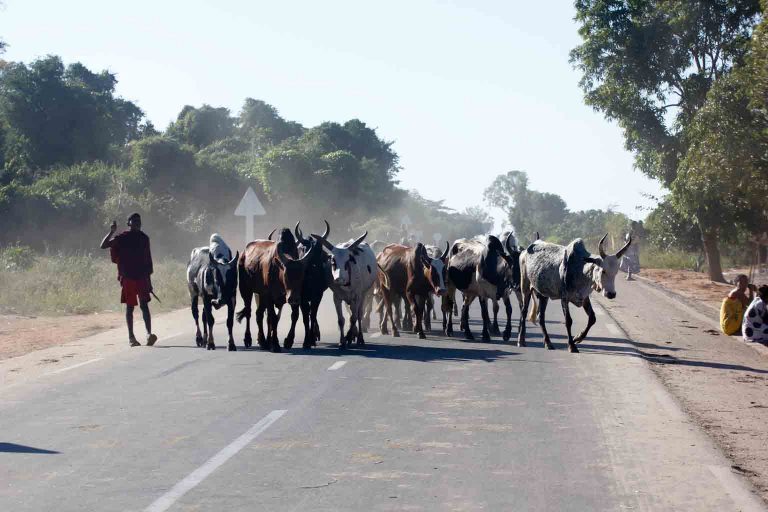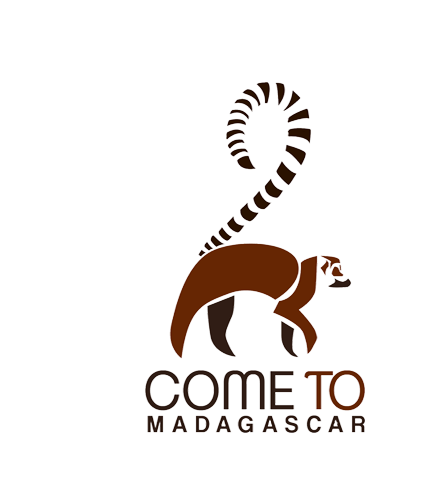Madagascar
LOVE- FATHERLAND - PROGRESS
IMIGRATION
The Vazimbas are, according to Malagasy oral tradition, the first inhabitants of the interior of the island of Madagascar. They gave their name to a period of Malagasy history that ends at the beginning of the 16th century.
Nowadays, Malagasy society is segmented into 18 tribes. The rank of the tribes follows the hierarchy of power which was settled during the king’s period. Outside those tribes, there are a few minority ethnic groups which live amongst us and attract curious visitors. For example the Zafimaniry, a population well-known for their hidden wood village, sculpted and handcrafted without any metal.
MALAGASY PEOPLE NOWADAYS
Behind the legendary wildlife and a mesmerizing landscape of Madagascar, it is an undeniable fact that it is also the native indigenous Malagasy people who build up the reputation of Madagascar. A population living in perfect harmony, lead by human values, cradled by wisdom and traditional belief, and above all, poor but joyful and kind toward everyone. These are the Malagasy people.
LANGUAGES spoken
HIGHLIGHT of MADAGASCAR
VISA ENTRANCE


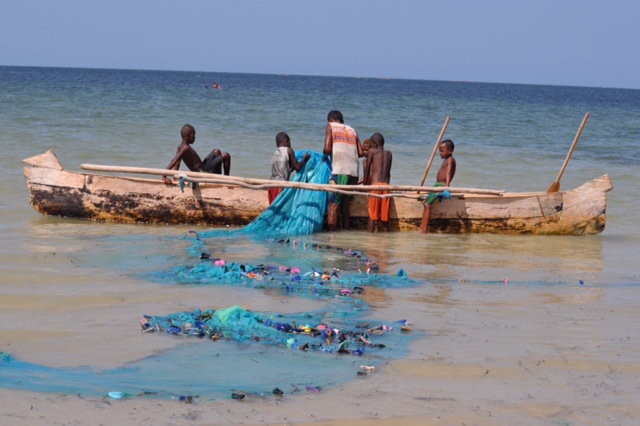
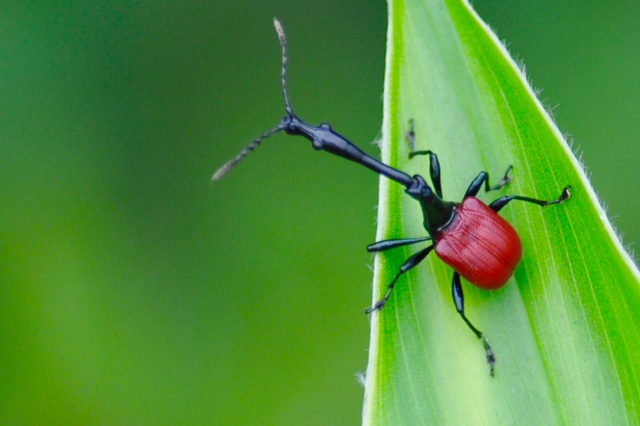
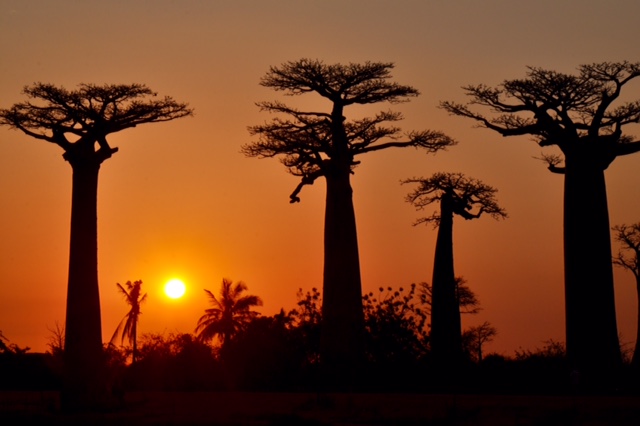
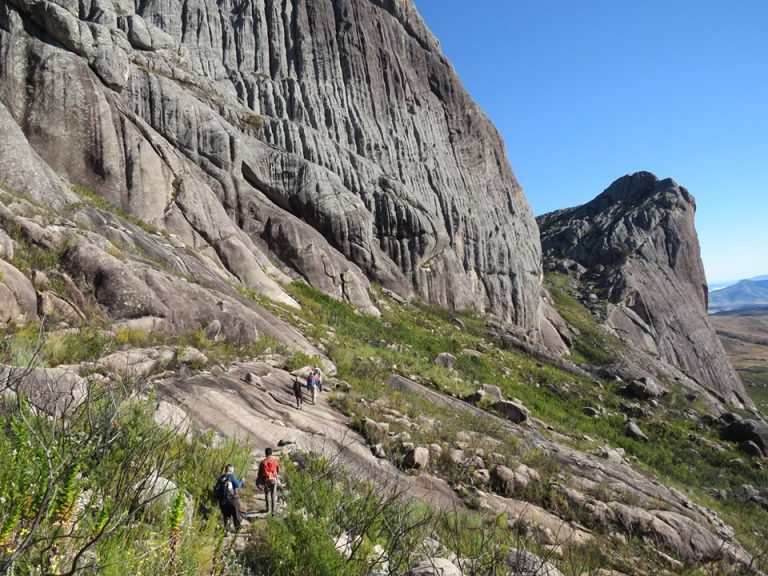
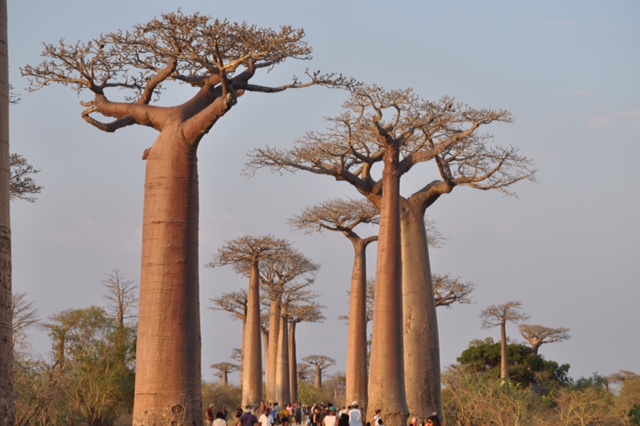
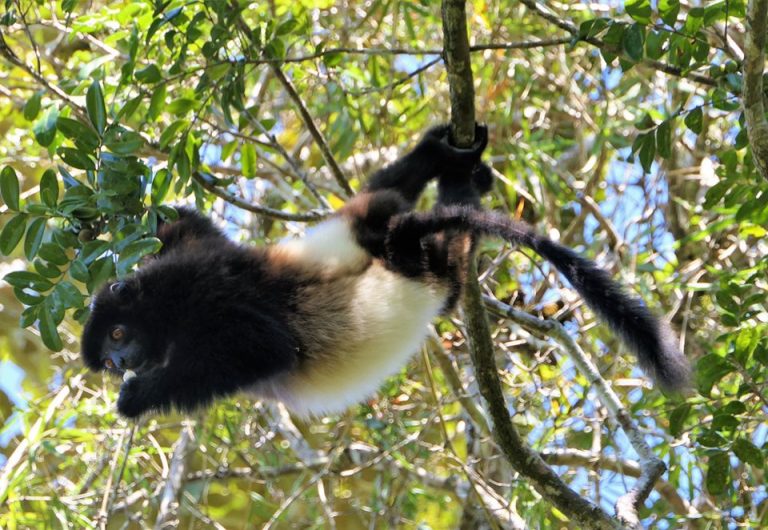
MALAGASY Languages
VISA
The language that is mainly used in Madagascar is Malagasy, the mother tongue. Malagasy roots come from the Austronesian (likely a language which is used by the native people of the island of JAVA) which is split into 2: Polynesian (the language which is the root of the FIJIAN, and different OCEANIC languages) and Malonaysian where Malagasy stems from.
Split into 18 tribes, each tribe has its own dialect that makes our society rich in cultural diversity. However, the official mother tongue is the Malagasy of the Merina tribe. Due to our history and the European influence, the second language used here is French.
Madagascar’s Ministry of Tourism has announced that,
- for visits of 15 days or less, travellers will no longer need to pay a visa fee to enter the country. Only a €10 fee for border control formalities is required for such short trips.
- The cost of 30-day visas remains at €35, and
- €40 for 60 days (which can be extended to a maximum of 90 days for around €20).
WILDLIFE and MADAGASCAR HIGHLIGHTS
After Brazil which has the largest variety of primate species, Madagascar is the second. Rated at 102 species of lemurs, whereby 63% are threatened with extinction according to the latest IUCN Red list assessment, carried out in Antananarivo, Madagascar in April 2005. As well as this, Madagascar is amongst the 92 countries that have a wild primate population. Well known as Lemur Island, meeting the different species of Lemurs is unmissable once you are here. Madagascar, within the natural environment, is home to 5 different branches of Lemur. Each part of Madagascar holds a different species, for example: in Andasibe we can find the legendary INDRI-INDRI, the biggest lemur in Madagascar; as well as the tiniest, microcebus.
Scientists have given the chameleon the name of: “chamaleonidae“. An animal classified in the order of squamata, in the reptile family, suborder of Iguania. In the world, 200 of this species have been recorded, 150 of which are listed here, in the 5th largest island in the world, Madagascar.
As far as the morphology of this animal is concerned, the constitution is the same, only the size varies according to its species or its sex. An endemic creature, considered to be one of the great totem poles of the Malagasy natives, the chameleon is a species of four-legged arboreal reptile with multi-coloured abilities. It can be classified in 3 different families in Madagascar: FURCIFER, CALUMA and BROOKESIA.
From the Middle of September until the first week of November, is the season of whale’s copulation here in Madagascar or also well known as the season of love.
Saint Marie, an island on the East coast, the refuge of the pirates an amazing beach is the most suitable destination, for having a visit on a whale and as well spending time on a wonderful beach.
Within the 502 species, birders who are looking for endemics bird in Indian ocean will be fully satisfied. Species that we feared might have become extinct such Madagascar Pochard, have been rediscovered, some rare species, such as the Madagascar Serpent Eagle, the Madagascar Red Owl, also the Sakalava Rail have been discovered in new locations and new species such Tsingy Wood Rail, have been described.
There are 8 species of BAOBAB in the entire world, and 6 of them are endemic here in Madagascar. Each side represents a unique baobab at its own, but you can find out 4 species of BAOBAB in the Menabe region. The most famous amongst are the “BAOB alley”, where lonely planet was taking his greatest photo during the golden hours.
Our Land
The Tsingy de Bemaraha National Park is a national park located in central-western Madagascar, in the region of Melaky.


Our People
Meeting us, you will see Malagasy people who live a simple way of life. Living in harmony with mother nature, in total respect of the traditional customs and beliefs. These are our people, simple, joyful, and open to foreigners.
Our BAOBAB
The famous baobab alleya, where have been shot the greatest photo of lonely planete while the golden hour.
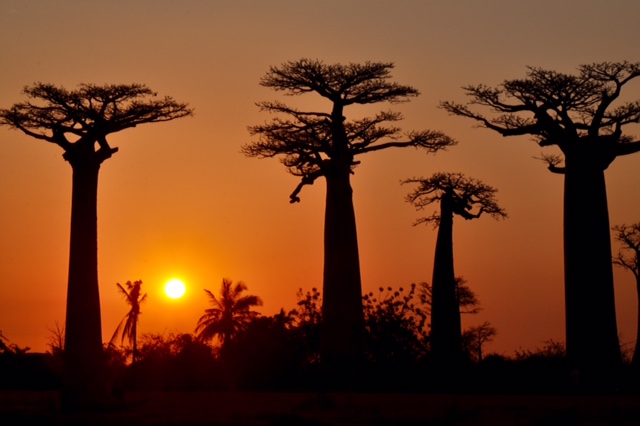
WHY CHOOSING US
FLEXIBILITY BUDGET
A flexible tour depending on the BUDGET, you can request a tour according to the budget availabilities. Our classification level may varies from LOW-COST (basic accommodation, ,public transportation ) GOLD PREMIUM TOURS,( private flight, ,luxuary 4WD, 5 stars hotel, private luxury motor boat.)

